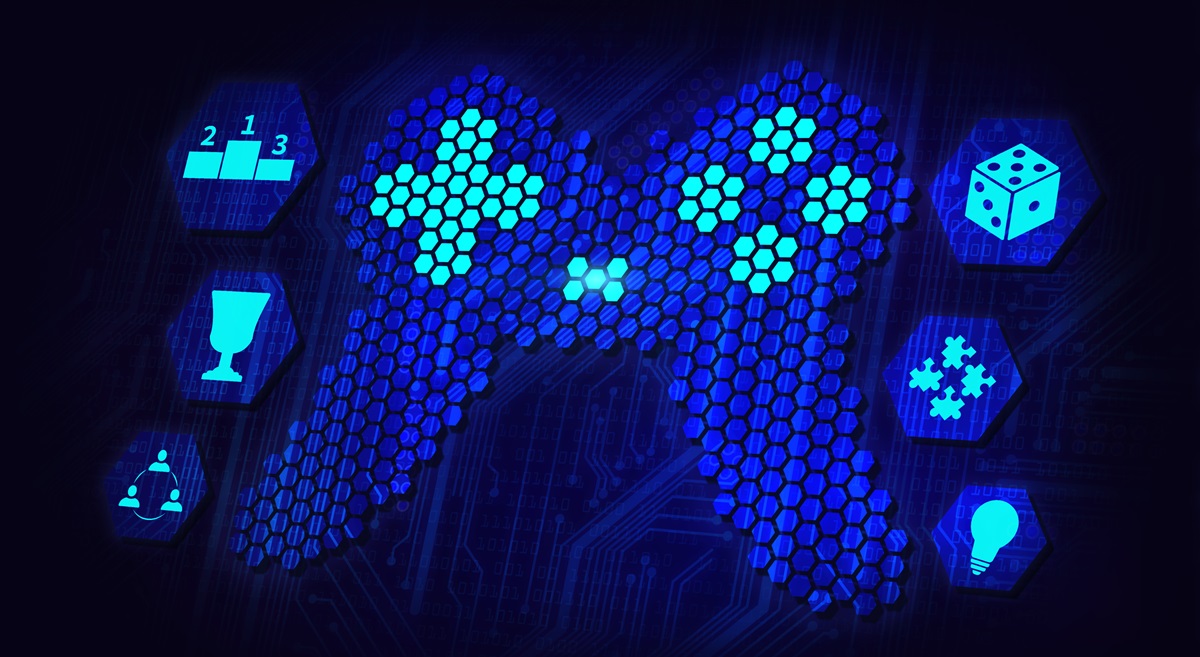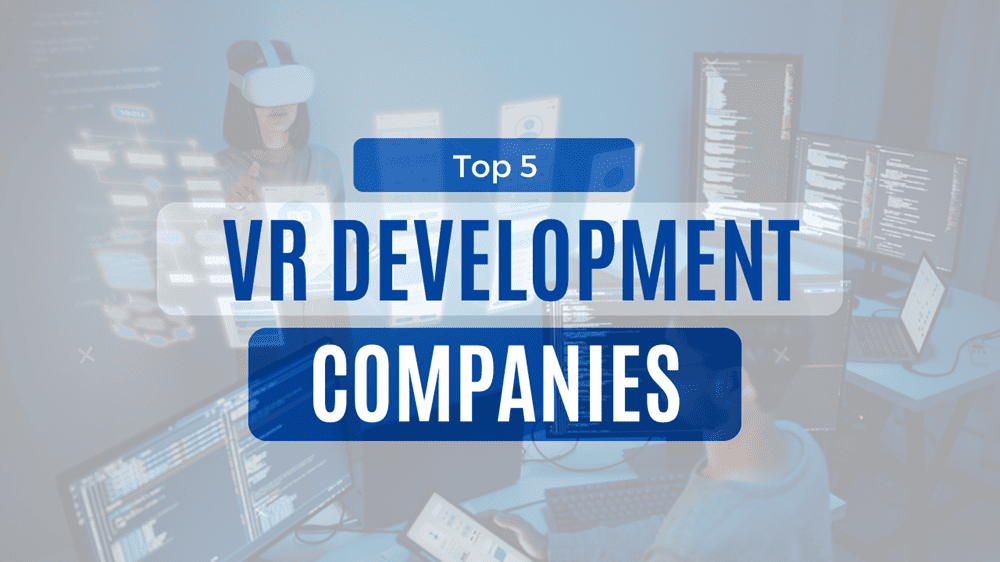5 Ways Gamification Helps Boost Consumer Engagement
Games have always been an important part of our lives. Whether it is cricket, football or carom, playing games have always been fun.
There has been a transformation of games from indoor/outdoor to mobile phones, people have emerged with new ways of playing games now on mobiles from Candy Crush to Pokemon Go and now PubG.
It has glued people with mobile phones. Considering these aspects, companies have come out with a new way of marketing their products or services- Gamification.
Customer engagement gamification has been with us for some time now and can attract, engage, and retain its customers. It applies to all forms of business with the following benefits:
1. Gamification for Customer Engagement
Successful companies always believe in taking good care for their customers. They want their employees to experience the best of the service at their place.
They emphasize on customer and employee loyalty and engagement, to earn well.
Gamification is one such technique that allows one to attract new customers to its business, by offering them a first-time buyer reward or bulk buying reward or say giving a 10 or 20 percent discount on their purchases up to certain criteria, if they sign up or join one’s list.
One can also offer rewards for referrals, such as referring new customers or making additional customers sign up the list for the company.
Another way of attracting new customers can be, to announce contest or sweepstakes that requires participants to provide their name and email address to play.
For example, Starbucks came up with Starbucks Rewards which required its customers to register themselves with the traditional card loyalty program and earn stars every time they make a purchase, which can later be exchanged for free food and drinks.
This game employs gamification for customer engagement, featuring three levels of users based on their degree of loyalty.
The next level unlocks when one clears the criteria of the previous level, providing a perfect example of gamification as a marketing tool.
2. Invoke Friendly Competition and Promote Brand:
The games invoke people to come together and play. If a user likes your game and your product, it makes him/her, rope a friend in and gets them intrigued with one’s brand as well.
Therefore, if a user is satisfied with the game and its products, they will be likely to invite their friends to play and invoke brand identification in them.
Offering loyalty reward programs, similar to Starbucks, promotes healthy competition.
Likewise, offering monetary prizes for players making purchases will give them the motivation to hit a high score in their next gaming experience.
Eventually, it invokes users to come back and improve their game to earn rewards better than before.
3. Promote their Product or Service with Fun and Informative Game:
For example, a sports company might start a racing-style game to promote their running shoes.
In the game, they could offer advice about the right type of shoe for playing basketball, or football, or long-distance running activities.
Players could then apply their experience and advice in the game to ‘run faster’ and earn more points and win.
Such games enhance user engagement through gamification and help individuals make better choices, fostering customer loyalty.
Gamification also aids in creating branded games for companies.
These games are developed as per the brand and the game itself can do the advertisement for the company.
Rather than developing ads that talk about how your company is different, creating a free online gaming program that challenges players to get into the products or services offered by the company, is a better way of advertising.
4. Give Users the Chance to Show their Creativity:
Anything boring or usual gets better, when the fun quotient is added to it. Gamification user engagement adds fun to usual.
Therefore, letting users personalize their profiles can be very engaging. People cannot compromise on their looks.
They want to look their best when they are open to the public.
So, whenever users are given the freedom to be creative about, how their profile should look like, they come up with ideas that surprises everyone, by the way of designing their picture in a funky manner using emoticons or props or self-designed caricatures.
This can be made even more engaging when creating profiles become immersive because people love immersive worlds.
They can play while waiting in a queue or working at the desktop. Many companies are trying to gamify user interactions to enhance their engagement.
5. Emphasize your Company’s Values:
Many companies don’t need to promote their brand and aware consumers about it, as they already have it.
The next thing they want is to engage the audience with the brand. Sponsored games allow one to promote their brand’s value better than any advertisements and make users smoothly interact with them.
Any company that wants to improve their customer engagement, can interact with them via gaming, proving it to be a success.
In the case of food websites, which in itself is an exciting game, where one can have a look at company values presented in badges, ‘flip the bird’ for discount offers or even build your own burger, provides a customer experience that the users cannot forget easily.
Here the gamified experience serves to engage customers and help them understand the core company values.
It brings along an appreciation for the organization and motivates them to bring in good quality food.







